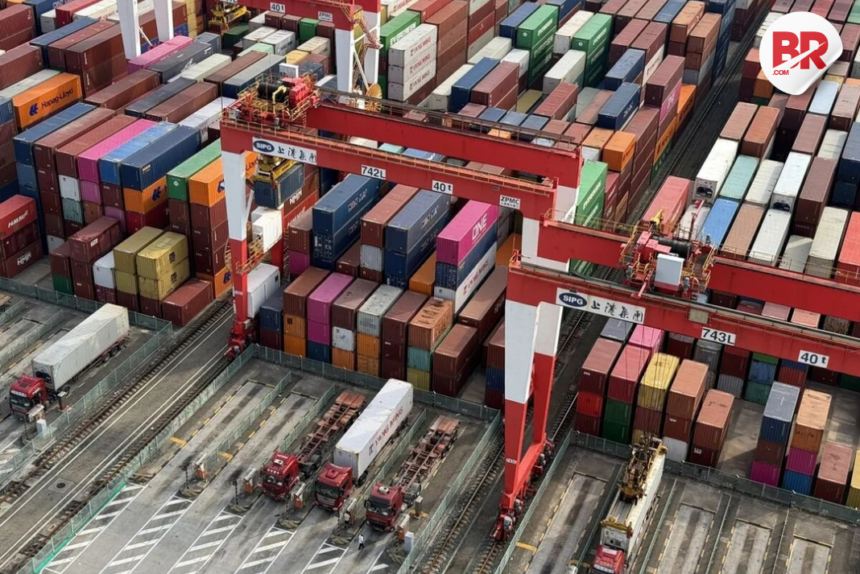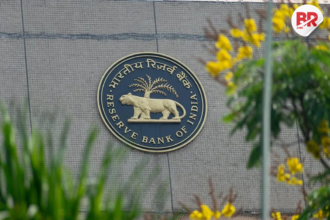
China is facing mounting tariff pressures from the United States, and its answer is simple—spend, spend, spend.
With U.S. tariffs threatening export volumes and a weakening domestic economy, China is increasing public spending to cushion the blow. The country is doubling down on infrastructure, tech innovation, and social welfare in a bid to shield its economy from a potential downturn.
What Does This Mean for the Average Person?
If you’re a business owner, a job seeker, or even a casual online shopper, China’s fiscal moves might hit closer to home than you think. A global economy is like a group project—when one team member drops the ball, everyone feels it.

China’s economic strategy could impact supply chains, trade prices, and even competition for Indian exporters. And if the global slowdown accelerates, it won’t just be China catching the cold—we’ll all be sneezing.
Why Is China Spending More Now?
China’s current economic turbulence is no accident. It’s a triple whammy of trade stress, real estate decline, and deflation. Here’s what’s pushing Beijing to open the wallet:
1. Countering Tariff Pressures
U.S. tariffs make Chinese goods more expensive for American buyers. This could shrink China’s export earnings. In response, Beijing is using fiscal tools to boost domestic demand and support export-oriented industries. Essentially, if the world buys less, China plans to buy more at home.
Also Read: Port Fees Meant to Hurt China Could Hit Americans Harder
2. Propping Up the Housing Market
The Chinese real estate sector, once the economy’s powerhouse, is now sputtering. According to the Financial Times, property sales have been steadily declining, weighing heavily on local governments. Infrastructure investment is a way to redirect resources, create jobs, and revive confidence.
3. Battling Deflation
Consumer prices in China have been stagnant or falling—bad news for any economy. Deflation discourages spending and investing. Increased public spending injects liquidity into the system, aiming to spark demand and stabilize prices.
4. Restoring Confidence
Big spending = big signals. Infrastructure projects, innovation grants, and social support show citizens that the government has a plan. It’s about optics and impact—convincing people to stop holding back and start spending again.
Where Is All This Money Going?
China isn’t just throwing money at the wall to see what sticks. It’s targeting high-impact sectors:
- Infrastructure: From highways to high-speed rail, China is building big. Think bridges, airports, logistics hubs—investments that improve trade efficiency and create employment.
- Technology & Innovation: China wants to lead in AI, semiconductors, and green energy. Fiscal incentives are flowing into R&D and start-up ecosystems.
- Social Programs: With rising unemployment, especially among youth, China is boosting healthcare, education, and unemployment benefits.
Also Read: China’s Rare Earth Export Limits Spark Rush for America’s Only Rare Earth Mine Amid Trump’s Tariffs
(Fun fact: Infrastructure is the only thing governments build faster than public trust.)
The Indian Angle
India can’t afford to ignore this. China is a major trade partner and economic rival. If China’s domestic demand grows, it could boost Indian exports. But if it dumps excess goods in global markets, our own manufacturers could face stiffer competition.
Moreover, if China’s recovery drags, it might pull down global growth. That affects everything from oil prices to tech supply chains—yes, even your next phone delivery delay might have roots in Beijing’s budget.
The Catch: Debt & Distribution
China’s aggressive spending comes at a cost. Public debt is rising. If the funds are mismanaged or disproportionately favor certain regions or sectors, the strategy might backfire. The goal is not just growth—it’s inclusive, balanced growth.
And as we’ve seen globally, pumping money into the economy works only if it reaches the people who need it most—not just the top of the ladder.
Also Read: Vance Visit Tests India-US Relations as China Exclusion Roils Global Trade












